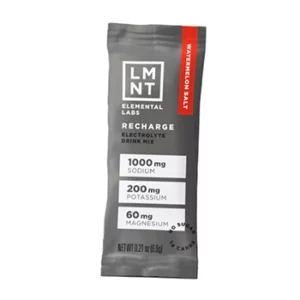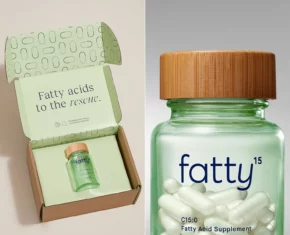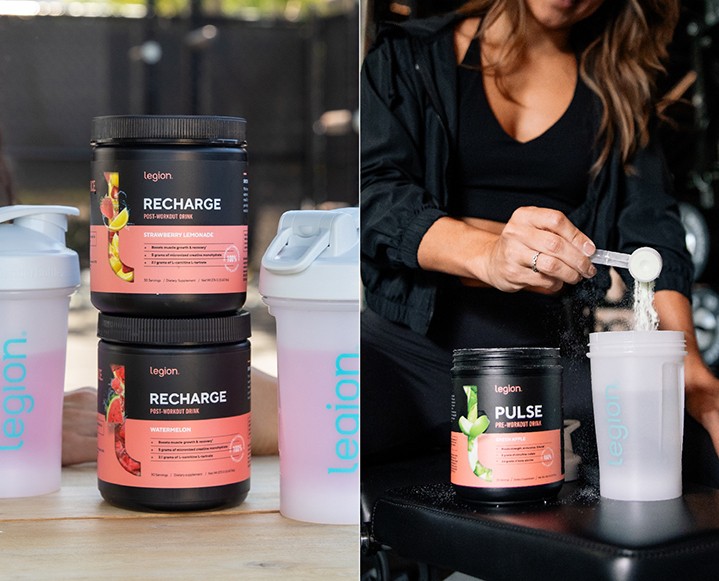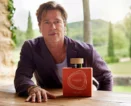We learn a lot about living well from ancient cultures and the long-standing customs that come from them. Traditional Japanese recipes, for example, capture many of the healthy culinary concepts wellness promotes including fermentation and the use of unprocessed ingredients.
From this alkalizing pickled superfood and this cleansing kale drink to matcha everything, of course, our eating habits are already influenced by Japanese traditions. To take our love even further, clean eating pro, Candice Kumai, is sharing three Japanese-rooted recipes inspired by her childhood and why they’re so good for you…
When I was five years old, I spent a few months in Japan and always thought it was so cool how we ate miso soup for breakfast! It was warm and comforting and felt so good to sip first thing in the morning. My love affair with miso paste has been going strong ever since. It’s a fab source of B12 for vegans plus zinc for immune system support! I use it as a condiment to give body and a savory umami-quality to all kinds of sauces and dressings. You can usually find it in the produce section of the supermarket at around $5 a container. A little goes a really long way so it’s worth every penny!
According to a new study by the National Centre for Global Health and Medicine in Tokyo, adhering to Japanese guidelines of eating can lead to a longer, happier, healthier life. My mother is Japanese, born and raised. I’ve been eating and living by “The Kumai Method” my entire life, and have seen the positive effects of it on myself, as well as on my Japanese relatives every time I visit Japan.
Japanese-inspired, macrobiotic foods are naturally clean and detoxifying – they are plant based and include sea vegetables, local produce, healthy grains, and fermented foods. Seaweed like arame, hijiki, nori and wakame are naturally packed with iodine, vitamin C, manganese and vitamin B2! I like to prepare macrobiotic meals after a period of food indulgence, such as the holidays or a vacation, as a way of resetting and balancing my body
Keeping all that goodness in mind, here are three of my favorite nutritious and flavorful recipes inspired by childhood nostalgia, and my annual visits to Japan…
“Miso Fabulous” Soup + Salad Combo
Serves 4
Ingredients:
For the miso soup:
4 cups water
3 Tbsp red, organic miso paste
1 cup firm tofu cubes (about 1/2 of a 14-ounce package)
5 scallions, trimmed and thinly sliced on a diagonal
For the miso salad:
2 Tbsp light mayonnaise or 2% Greek yogurt
1 Tbsp miso paste (preferably red)
1 Tbsp rice vinegar
1 head tender lettuce (like Bibb or Boston; about 4 cups)
1 large carrot, trimmed, peeled and grated on the large holes of a box grater
1 small cucumber, semi-peeled (so it’s striped), halved lengthwise and sliced crosswise
1 avocado, halved, pitted, peeled and thinly sliced
1 (14-ounce) package firm tofu, drained, halved and sliced crosswise into 1/2-inch thick pieces
Directions:
To make the soup, bring 4 cups of water to a boil in a medium saucepan. Whisk in the miso and reduce the heat to medium-low. Simmer the soup gently (don’t boil) for 5 minutes and then add the tofu and turn off the heat. Cover to keep warm while you make the salad.
Whisk the mayonnaise, miso paste and rice wine vinegar together in a small bowl. In a large bowl toss the lettuce with the carrots and cucumbers. Divide the salad among 4 plates. Top with a few avocado slices and a few pieces of tofu and drizzle with some dressing. Divide the soup among 4 bowls and sprinkle with the scallions. Serve both for a yummy soup and salad combo!
Macrobiotic Hijiki-Avocado Salad
Serves 3
Ingredients:
1 cup soaked/reconstituted hijiki seaweed, drained*
2 cups cooked quinoa
1 (15-ounce) can adzuki beans, rinsed and drained
1 ripe avocado, pitted and cut into cubes
*(measure: 1⁄4 cup + 1 tablespoon dried hijki with 3/4 cup water)
For the dressing:
2 Tbsp Bragg Liquid Aminos or reduced-sodium tamari soy sauce
1⁄4 cup rice vinegar
1 Tbsp toasted sesame oil
Directions:
In a medium bowl, soak and reconstitute 1⁄4 cup plus one tablespoon dried hijiki in 3/4 cup water for about 15–20 minutes. Drain all excess liquid.
In a large bowl, whisk together the Bragg Liquid Aminos or reduced-sodium tamari soy sauce, rice vinegar and toasted sesame oil. Add the reconstituted hijiki, quinoa and adzuki beans to the dressing, and toss to coat. Top with avocado cubes and serve immediately.
Recipe adapted from Candice Kumai’s Clean Green Eats.
CLEAN GREEN TIP: Adzuki beans (also referred to as azuki beans) are delicious Japanese red beans that are packed with protein, potassium and fiber. I love tossing these beans with rice, adding them to grain salads and making them into sweet pastes for Japanese-style desserts. Mmmm, I love them!



















